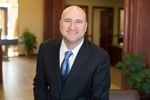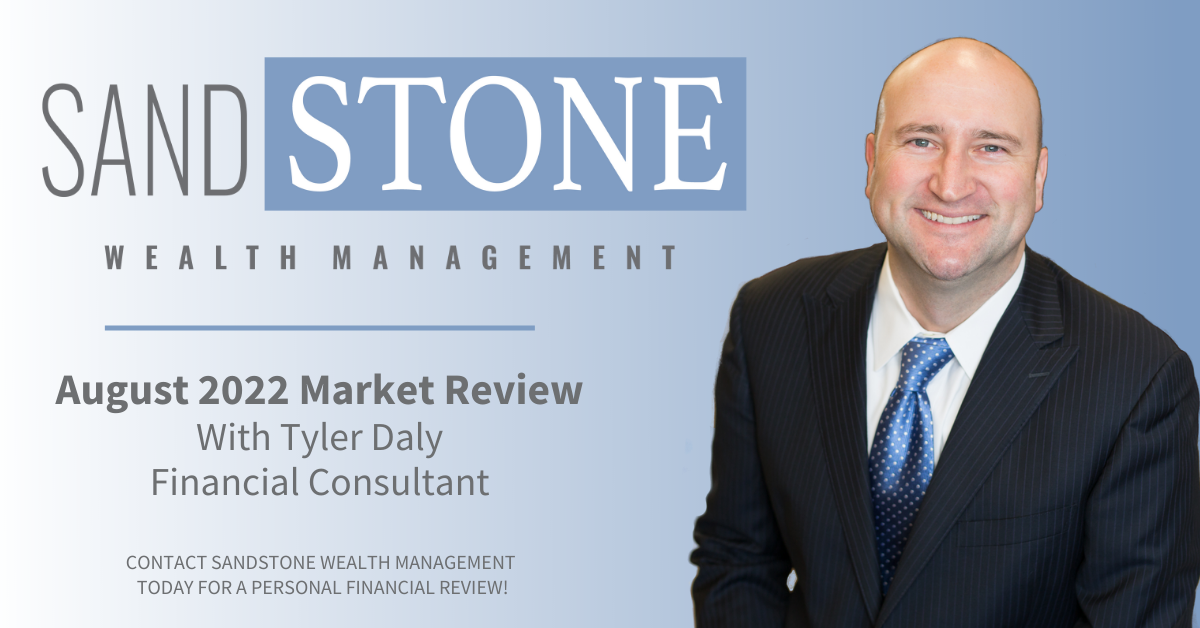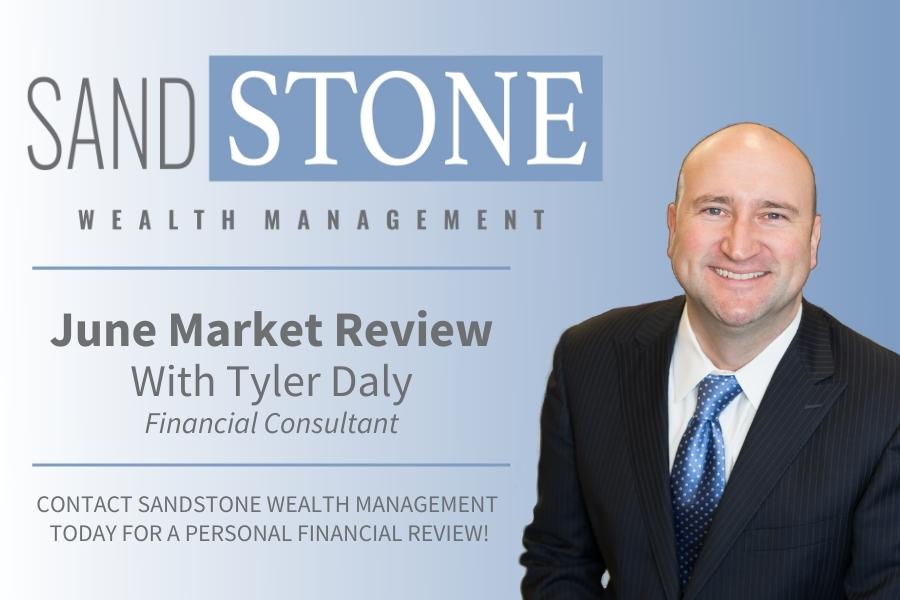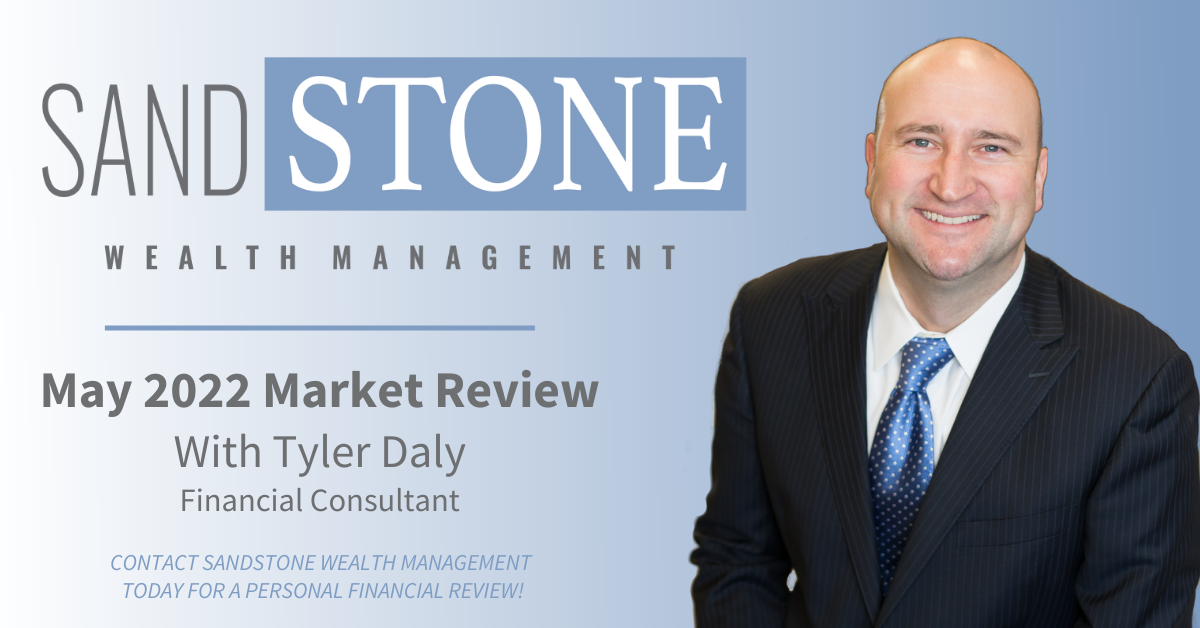 At their December 14th meeting, the Federal Open Market Committee raised the federal funds target rate to between 0.50% and 0.75%. The 25 basis point increase was widely expected by financial market participants. Senior Federal Reserve officials’ revised their projections for future rate increases. There’s still a wide range of opinion, but the median forecast for the number of rate hikes in 2017 edged up to three (versus two in September). Raymond James’ Chief Economist Scott Brown cautions investors that the dots in the dot plot are not a plan. They are but an expectation. Actual Fed policy moves will depend on the economic data, with a focus on the job market and the inflation outlook.
At their December 14th meeting, the Federal Open Market Committee raised the federal funds target rate to between 0.50% and 0.75%. The 25 basis point increase was widely expected by financial market participants. Senior Federal Reserve officials’ revised their projections for future rate increases. There’s still a wide range of opinion, but the median forecast for the number of rate hikes in 2017 edged up to three (versus two in September). Raymond James’ Chief Economist Scott Brown cautions investors that the dots in the dot plot are not a plan. They are but an expectation. Actual Fed policy moves will depend on the economic data, with a focus on the job market and the inflation outlook.
After extraordinary monetary stimulus, many view the fact that rates are headed higher, albeit gradually, as a sign of the Fed’s confidence in the job market, the pace of inflation and the “remarkably resilient economy,” which Fed Chair Janet Yellen acknowledged in Wednesday’s press conference. The Federal Reserve’s move appears to be largely factored into the financial markets. And domestic equity markets seem agreeable to the idea. For now, the equity markets are on an upward path with the Dow Jones Industrial Average within reach of an all-new high of 20,000. Speculation has it that scaling back regulation and expansionary fiscal policy could drive earnings growth. Yields on long-term Treasuries moved up and the dollar strengthened. Oil is also showing signs of strength.
The vote on Wednesday was the first time the Fed chose to raise rates this year and only the second since 2006. Brown maintains that investors shouldn’t see a great deal of change after this rate hike either. Deposit rates generally lag behind the Fed’s changes. Of course, longer-term rates, such as mortgages, should move up but Brown expects the rise in bond yields to be checked by low long-term rates abroad. Bond investors should be reminded that while rate increases do have an inverse relationship with bond prices, the reality is much more nuanced. Long-term investors recognize that carefully selected fixed income instruments are a valuable component of a diverse portfolio, providing capital preservation and income in any rate environment.
With the uncertainty about rates and the election cleared, investors may shift their focus to the outlook for 2017, which is likely to include additional fiscal easing. Chief Investment Strategist Jeff Saut remains bullish (his models suggest domestic indices will climb higher into late January or early February).
As always, we’ll be sure to keep an eye out for factors that could influence the markets, particularly paying attention to future fiscal policy, proposed legislation and tax changes, the strength of the U.S. dollar, earnings growth, global economic growth and geopolitical news.
As always, we’ll be sure to keep an eye out for factors that could influence the markets, particularly paying attention to future fiscal policy, proposed legislation and tax changes, the strength of the U.S. dollar, earnings growth, global economic growth and geopolitical news.
Sincerely,
Tyler Daly
Financial Advisor
Raymond James Financial Services, Inc.
*Investing involves risk, and investors may incur a profit or a loss. Past performance is not an indication of future results and there is no assurance that any of the forecasts mentioned will occur. Investors cannot invest directly in an index. The Dow Jones Industrial Average is an unmanaged index of 30 widely held stocks. The NASDAQ Composite Index is an unmanaged index of all common stocks listed on the NASDAQ National Stock Market. The S&P 500 is an unmanaged index of 500 widely held stocks. The MSCI EAFE (Europe, Australia, Far East) index is an unmanaged index that is generally considered representative of the international stock market. International investing involves additional risks such as currency fluctuations, differing financial accounting standards, and possible political and economic instability. These risks are greater in emerging markets. The performance noted does not include fees or charges, which would reduce an investor's returns.
©2016 Raymond James Financial Services, Inc., member FINRA/SIPC. Securities offered through Raymond James Financial Services, Inc., member FINRA/SIPC, and are not insured by any financial institution insurance, the FDIC/NCUA or any other government agency, are not deposits or obligations of the financial institution, are not guaranteed by the financial institution, and are subject to risks, including the possible loss of principal. Raymond James is not affiliated with the financial institution or the investment center.

Tyler has been in the financial services industry since 2004 and with Sandstone Wealth Management and Heartland Bank since 2009. He is Series 7, 66 and Insurance licensed to assist his clients with all their investing, financial planning, and insurance needs. Tyler was recently named to the Forbes List of America's Top Next-Generation Wealth Advisor, which recognizes advisors from national, regional, and independent firms. Tyler graduated from the University of Nebraska-Lincoln with a Bachelor’s Degree in Diversified Agriculture and was born and raised in the Nebraska Sandhills. This gives him an intimate knowledge and understanding of his farming and ranching clients. Tyler is married to Rachel, who earned her Doctorate of Pharmacy from the University of Nebraska. They have two children, Camilla and Cooper. Away from business, he enjoys officiating high school basketball in the winter as well as golfing and team roping in the summer.


.png)

.jpg)

.jpg)

.png)




